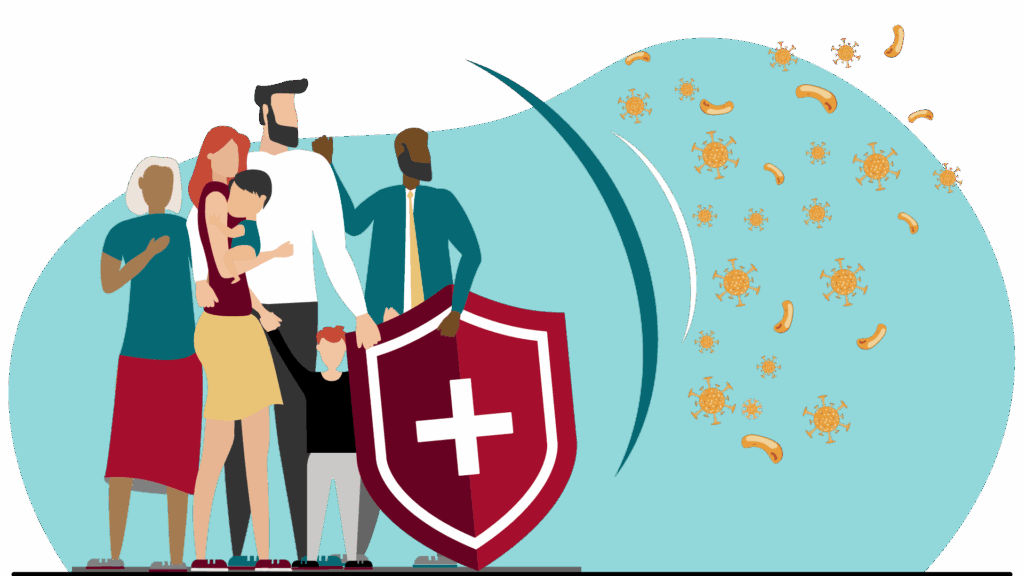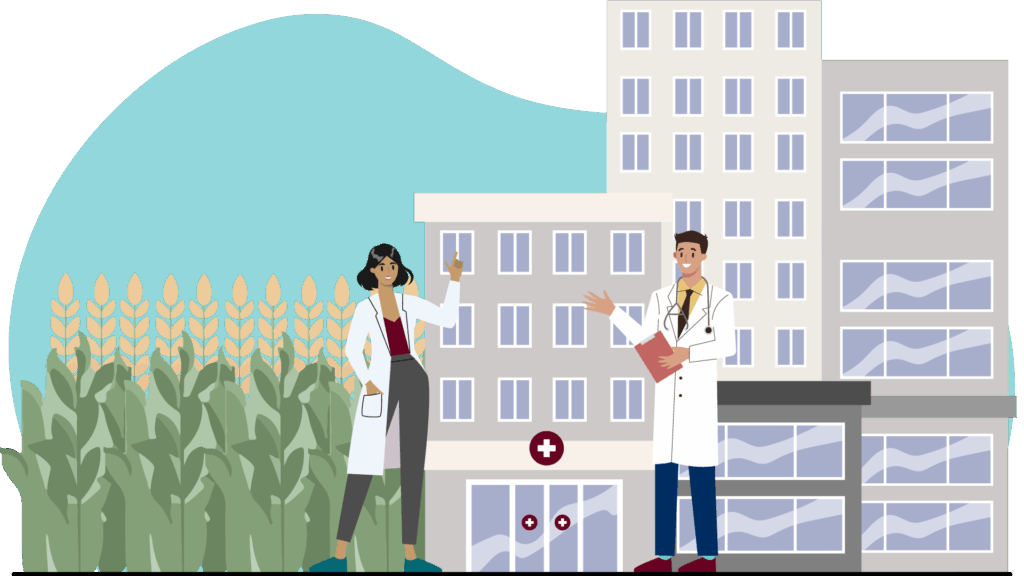Fibromyalgia
Optional resources BMJ Best Practice podcast: Fibromyalgia August 26, 2020Estimated time: 20 min. Also available at Apple Podcasts. In the podcast, Professor Daniel Clauw provides a clinical overview of fibromyalgia, highlighting that patients generally present with chronic, widespread pain accompanied by symptoms like fatigue, sleep disturbances, mood issues, and cognitive difficulties. Physical exams are often […]
Immune session guides
Osteoarthritis
Optional resources The Curbsiders Internal Medicine podcast, #493: Joint Pain in Older Adults Young J, Witt LJ, Miller R, Makris UE, Williams PN, Watto MF. July 28, 2025 Estimated time: 34 min. (Time stamp: 6:00–40:00 min.) This podcast episode with Dr. Una Makris provides a high-yield discussion on the evaluation and management of joint pain […]
Immune System and Rheumatology

The rheumatology system course comes at the end of your MS2 year, right after you’ve completed all other organ system blocks and just before you transition to clerkships. This timing lets you bring together what you’ve learned in immunology, musculoskeletal medicine, and internal medicine to tackle complex rheumatic diseases. You’ll focus on recognizing patterns, building […]
Hepatitis
Learning goals Differentiate the viral structure, mode of transmission, epidemiology, and risk of chronic infection for viral hepatitis caused by hepatitis A, B, C, D and E Use clinical presentation and laboratory testing, including serology and molecular testing (PCR), to distinguish acute infection, chronic infection, resolved infection, and post-vaccination for hepatitis A, B, and C […]
Introduction to viruses
High-yield summary Viral structure and classification All viruses contain genetic material (DNA or RNA, never both) and a protein capsid. Some viruses have an envelope derived from the host cell membrane. Classification by genetic material: DNA viruses (e.g., Herpesviridae, Adenoviridae) and RNA viruses (e.g., Orthomyxoviridae, Retroviridae). Baltimore Classification groups viruses based on their replication strategy […]
Climate Change and Mental Health References
These are the references used in the creation of this module. If you have an interest in any of these topics, feel free to dive deeper. Systematic reviews and foundational literature Charlson F, Ali S, Benmarhnia T, Pearl M, Massazza A, Augustinavicius J, Scott JG. Climate Change and Mental Health: A Scoping Review. International Journal […]
Rural and Urban Underserved rotation: Clin 538/539

Rural Underserved Medicine, MED CLIN 538, will introduce students to the knowledge, skills, and range of care needs that health care providers working in rural settings commonly encounter (including but not limited to providing medical care in resource-limited settings). Students will be able to describe the full range of roles and responsibilities that rural physicians […]
Service Learning

Service Learning is a teaching and learning strategy that integrates meaningful community service with instruction and reflection to enrich the learning experience, teach civic responsibility, and strengthen communities.1 Service Learning provides both academic and social connections. Research has shown it to be an important element in student success. Students who engage in Service Learning activities […]
Parasitology 2: GI helminths
Learning goals Compare and contrast the epidemiology, clinical features, diagnosis, treatment and prevention of common intestinal roundworms and tapeworms including Enterobius, Ascaris, Ancylostoma (hookworm), Strongyloides, Taenia solium, Echinococcus, and Diphyllobothrium Describe the pathogenesis and type of anemia related to heavy hookworm infections Describe the epidemiology, pathogenesis, and clinical features of Strongyloides hyperinfection Compare and contrast […]